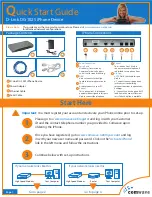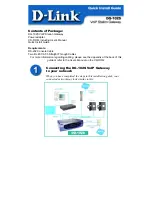
Z-Series Audio Optimization Guide
Z-Series Audio Optimization Guide
Page 6 of 10
Interoperability Now
3
Audio Adjustments
3.1
Receive (Input) Level – (RX Audio Level)
The
Receive Input
levels in the Z-Series device GUI
indicate the actual level of audio being
received
. If the incoming level is -12 dB, the Receive Input setting of the Radio Channel should
be set to -12 dB. This must be understood to know which way to change the audio level for proper
operation. If/when the Radio Channel, when set to -12 dB, is not receiving enough audio, the
number in the GUI must be set to a lower number (e.g. -16, -20, etc.) to correspond to the actual
input level. The Z-Series device will then apply additional gain/reduced attenuation.
Some minor adjustment may be required, mainly due to radio-to-radio variations.
One way to make sure the level is correct is to use a companion radio to communicate with the
donor radio. Verify the proper
Receive Input
by speaking into the microphone of the companion
radio in a normal voice and watch the front panel LED of the Z-Series device.
•
ACU‑Z1
– Set the ACU‑Z1 audio knob mid-way for the radio channel being set up;
monitor the front panel Signal LED for the associated module. While receiving audio
from somebody speaking at a normal level, the Signal LED should flash green on voice
peaks, for example on every syllable or a few times a second, depending on speech
cadence. It should not be lit continuously while speech is coming in, but a normal
speaking level should create occasional flashes. If the incoming speech never causes the
green Signal LED to flash, lower the Receive Input level until the flashes are occasional
only. Conversely, if all speech causes green Signal LED flashes, raise the Receive Input
level until the flashes are occasional only.
•
RSP-Z2
– Associate the RSP-Z2 Front Panel Level meter with the donor radio interface
by clicking the Level Meter on the Home Screen. Proper setting results in occasional
flashes of a single red LED on voice peaks for a person speaking at a normal volume, for
example a few times a second, depending on speech cadence. It should not be lit
continuously while speech is coming in, but a normal speaking level should create
occasional flashes. If the incoming speech never causes the red LED to flash, lower the
Receive Input level until the flashes are occasional only. Conversely, if all speech causes
red LED flashes, raise the Receive Input level until the flashes are occasional only.




























